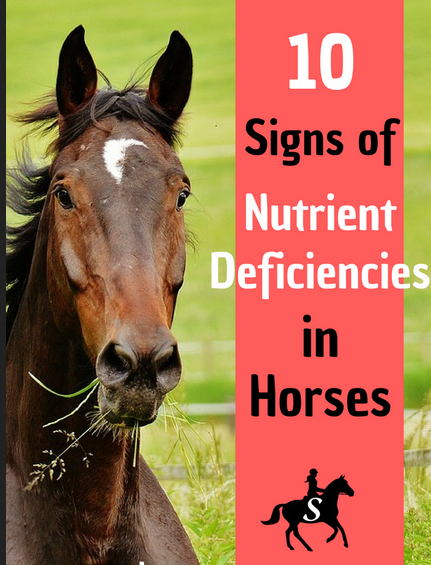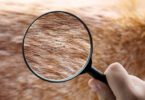
If you have a horse, you probably immediately notice when something doesn’t seem right. However, it can take months to precisely identify what causes nags to be deficient in nutrients. This is just one of those problems that can appear out of the blue and leave you perplexed.
These ten indicators of nutrient scarcity can help you pay attention to potential issues:
1.Weight Loss:
A gradual loss of weight is typically the first sign of a lack of energy.
It typically affects older horses with difficulty swallowing and eating, but any horse can experience it if they don’t get enough calories.
If your horse has increased their physical activity position, you must make changes or it will be out in extremely cold weather.
Including painting with coconut oil in your nags’ diets is a simple and sly a sneaky way to consume more calories.
2.Fatigue
Still, if your horse suddenly stops moving, tell someone. position, iron deficiency may be the cause.
Pregnant mares, foals, performance nags, and nags with a lot of spongers in their system can all be affected, although it is uncommon.
A routine deworming program is a good way to prevent this, but if you really think your horse needs more iron, you should work with him or her to get it because iron poison can also have serious health effects problems.
3. Spookiness
Is your horse erratic? become more agitated and eerie? Has he been working out a lot, or has the rain been extremely hot and sticky?
Still, if that’s the case,It could be a lack of potassium.
One of the most prevalent is this. problems, and it can be easily avoided by supplementing with electrolytes to the water your horse drinks.
Depending on the environment location of the exercise, some nags may produce supplements over time.
4. Slow Healing
In most cases, injuries should heal fairly quickly. Vitamin C deficiency may be the cause of the cuts and scrapes on your horse that do not seem to go away.
It usually happens to nags who are under long-term stress (like shipping, counterblockade, or cube rest), but it can also happen to elderly nags because the liver’s natural vitamin C product starts to degrade.
Usually, the stylish result is to supplement your horse’s diet under your warhorse’s direction.
5. Decreased Appetite
A swab insufficiency can be indicated by an unanticipated decrease in appetite, especially during humid and hot weather.
Even though possessors of the highest horse have access to a swab block, it can be difficult to determine exactly how much they consume. Nagging can be surprisingly picky!
Himalayan salt can occasionally be appealing, and covering input by adding loose swabs directly to your nags’ feed is frequently the most fashionable method.
6. Color of Faded Coat
Still, if you’ve observed a shift in the color of the fleece (that isn’t caused by sunlight), it could be bobby insufficiency.
Most of the time, young nags and broodmares are affected, but any horse can be affected if its diet isn’t balanced.
Fortunately, high-quality feed manufacturers like Wisium ensure that you get the most out of Bobby and other nutrients, so this generally isn’t a problem for owners of top horses.

7. Diarrhea
A vitamin B1 deficiency may be the cause of persistent, unexplained diarrhea, which can be concerning. Frequently, the reason is insufficient lawn or hay or feed of poor quality. Diet is one (gradational) change, and an easy result is more time spent grazing, but there are also supplements available.
8. Inflammation
Inflammation can rise significantly in people with vitamin E deficiency.
In the late fall or early spring, nags on a hay-only diet are most likely to experience a quietus in available vitamin E in hay that has been stored for several months. Discuss feed and supplement options with your horse if you think he or she might be in danger.
9. Slow Hoof Growth
When the farrier arrives, does your horse require some trimming? It could be because you don’t have enough protein.
A supplement containing amino acids should be added by your horse’s farrier or warhorse. These supplements can begin to show positive effects in as little as a week if used correctly.
10. Dull and Dry Coat
If your horse’s fleece is dull, it will remain dry and brittle. most extreme fabricated take care of containing satisfactory circumstances of iodine, so adding some to roughage and grass no one but diet can determine it snappily. Additionally, iodized swab blocks are a viable option.
Using a conditioner is a great way to restore your nags’ fleece while they recover. Try my form for Homemade Coat Conditioner for a quick fix!

Remember that these are only a few of the many warning signs. that horses have nutrient deficiencies, which are frequently linked to other health problems. Always consult your veterinarian and/or equine specialist before introducing a new supplement or feed to your horse’s diet.





